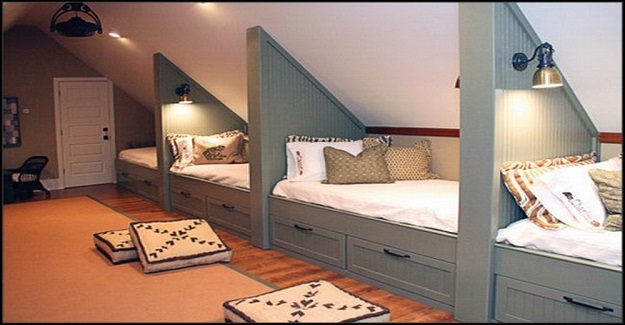

The idea was to mass produce the structures and sell them around the world, but their design found little favor with the public. A prefabricated, spaceship-like structure, the Futuro House was designed by Finnish architect Matti Suuronen in 1968 as a holiday cabin –īuilt of fiberglass-reinforced polyester plastic, and measuring 26 feet in diameter, the Futuro House sits on a metal stand it was meant to be easy to build and easy to transport. If you can get to London in the next 10 days, you will have the rare chance to visit a restored Futuro House. While it didn’t spark a craze for round, all-concrete homes, as its developers may have hoped, it did manage to find sympathetic owners who didn’t tear it down or renovate it beyond recognition.Ĭontinue reading → stranger in a strange house All concrete and glass, with a floating, scalloped concrete roof, it was unlike any other house in the neighborhood, either before or since. The first house in the new master-planned community of Laguna Niguel, in Orange County, California, it was visited by thousands of people when it was first built. It was meant to show that concrete homes were modern, inexpensive, fashionable, and easy to maintain.Ī “concrete ‘mushroom,’ of unsurpassed strength and stability,” said the house’s advertising brochure, “it is a major step forward in the development of minimum-maintenance housing, as well as a satisfying esthetic achievement.” Due to its incredible R-value and thin form factor it’s one of the best insulative materials out there, and we hope to see prices come down so that it is more affordable for the general public.Designed by architect George Bissell in 1963, this house was a demonstration model for a nationwide association of cement companies. Thermoblok has 1-1/2″ wide strips, which are used to cover framing studs and help prevent thermal bridging and costs about $1.99/ft.Īerogel a great material for renovations where size matters, and would make great insulation for shipping containers. Aspen Aerogel offers a roll of the material in 0.2 or 0.4 in thicknesses and 57 inches wide.

Two companies currently have a commercial product available – Aspen Aerogel and Thermoblok. NASA has used it as insulation for a number of projects including the Mars Rover and space suites. Unfortunately the material is still fairly expensive and out of the price range for the average homeowner. In fact you can light a blow torch on one side and it won’t burn a hole through it or even get hot enough to light a match sitting on the other side.

What makes it such a great insulator is its low thermal conductivity (14 mW/m-K) and results in an R-value of 10.3 per inch, which is twice as much as rigid foam board.

It’s quite thin, breathable, fireproof, doesn’t absorb water, and is very strong considering it doesn’t weigh much. It is made up of a gel that has had its liquid component replaced by air - in fact the material is 99% air. You may think Aerogel was invented by NASA for use in their spacecrafts, but it was actually invented in 1931 by Samuel Stephens Kistler after a bet with his friend.


 0 kommentar(er)
0 kommentar(er)
